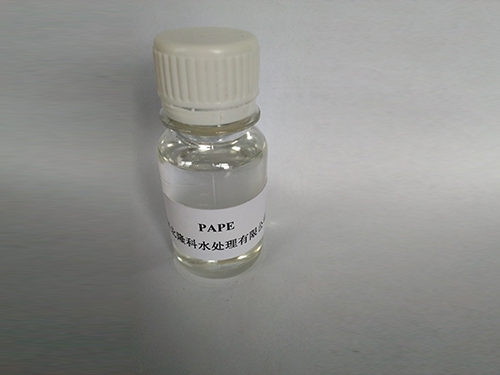pacl polyaluminum chloride
Polyaluminum chloride (PAC) is a versatile chemical compound that plays a crucial role in various industrial and environmental applications. It is primarily used as a coagulant in water treatment processes, due to its excellent performance in removing impurities from water. PAC is known for its high efficiency in coagulating suspended particles, making it an essential component in municipal and industrial water treatment plants.
.
In addition to water treatment, PAC has found applications in several other fields, including paper manufacturing, textile processing, and sludge dewatering. In the paper industry, it helps enhance the retention of fibers and fillers, resulting in better quality paper products. In textiles, it serves as a mordant in dyeing processes, improving color affinity and fabric stability. Furthermore, PAC aids in the consolidation and dewatering of sludge, facilitating the efficient handling and disposal of waste materials.
pacl polyaluminum chloride

The production of polyaluminum chloride generally involves the reaction of aluminum hydroxide with hydrochloric acid. The resultant compound can vary in composition and molecular weight, which can be tailored according to specific application needs. This adaptability is one of PAC’s appealing features, allowing manufacturers to create formulations that meet diverse industry requirements.
Despite its advantages, the use of PAC is not without challenges. Careful management is necessary to avoid over-dosing, which can lead to residual aluminum in treated water, raising concerns regarding potential health effects. Therefore, ongoing research and technological advancements aim to optimize PAC use in various applications while minimizing any negative impacts.
In conclusion, polyaluminum chloride is a highly effective and efficient coagulant that plays a vital role in water treatment and other industrial processes. Its versatility, coupled with its ability to perform under different conditions, makes it an essential chemical in ensuring the provision of clean water and supporting various manufacturing processes. As industries continue to innovate, PAC will likely remain a key player in maintaining environmental standards and promoting public health.
-
Pbtc Scale InhibitorPBTC: A Scale Protector for Industrial Water TreatmentNewsAug.05,2025
-
Organic Phosphonate: An Efficient Defender in the Field of Scale InhibitionNewsAug.05,2025
-
Hydrolyzed Polymaleic Anhydride: Green Pioneer in Scale Inhibition FieldNewsAug.05,2025
-
PAPEMP Polyamino Polyether Methylene Phosphonic Acid For SaleNewsAug.05,2025
-
Flocculant Water Treatment: A Pioneer in Purification in the Field of Water TreatmentNewsAug.05,2025
-
Benzyl Isothiazolinone: An Efficient and Broad-Spectrum Antibacterial Protective GuardNewsAug.05,2025





